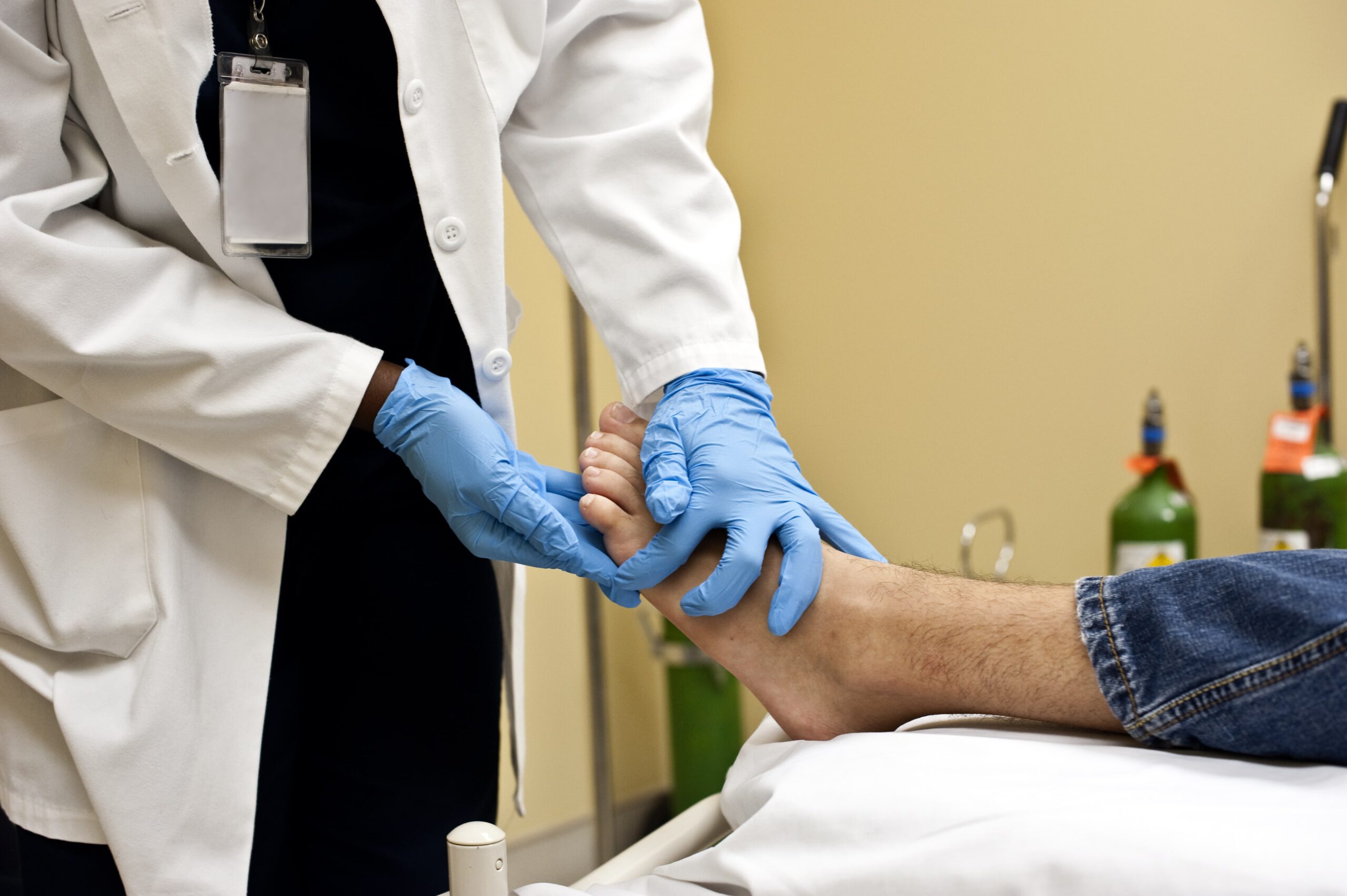What is a pressure ulcer?
A pressure ulcer is a chronic wound which appears when sitting or lying for a prolonged period which creates pressure in the weight-bearing areas. This pressure compresses the tissue between two hard surfaces prevents the blood from flowing normally leading to reduced oxygen supply, which causes damage to the tissue and where the wound eventually develops sometimes in just a few hours.
In 80% of cases, a pressure ulcer appears on the sacrum or the heel, mean weight-bearing areas in disabled patients or patients with reduced mobility. The wound can also occur on the elbows, shoulder blades, or the back of the head.
Pressure ulcers are classified by stage according to their severity.
- Stage 1 : Persistent redness. Stage 1 pressure ulcer is redness which appears and which does not disappear when pressed. . The skin is not yet broken, and there is not yet a wound. Specific treatment must be started at this stage. In this case it is recommended to not massage the area as this may aggravate the condition.
- Stage 2 : Erosion of the skin of the epidermis and the dermis. The wound is formed and the skin is broken.
- Stage 3 : The epidermis, the dermis and the hypodermis are affected. There is necrotic (black) tissue and scabs. NB: the pressure ulcers always appears smaller on the surface than it is deeper down.
- Stage 4 : Deep pressure ulcer. Deep necrosis with possible involvement of the bones, tendons and muscles.
Factors promoting the appearance of pressure ulcers:
- Immobility
- Patient age. Even if pressure ulcers can also occur in children, patients over the age of 70 are especially at risk.
- Malnutrition
- The quality of the skin. The finer it is, the more sensitivities to friction, to shear stress and to pressure.
- Incontinence, which causes permanent humidity and renders the tissue or fragile due to maceration.
- Impaired motricity and lack of mobilisation
- Change of sensitivity. Patient (sometimes with neurological disorders) does not feel the pain and does not have the reflex to change position.
Pressure ulcer treatment
Regardless of the stage of the pressure ulcer, treatment must be started as soon as possible.
The type of treatment depends on the stage of the pressure ulcer (reversible or irreversible lesion) what is in most cases synonymous with healing.
If there is a visible lesion, it should be protected by the appropriate dressing.
Where both the epidermis and the dermis are involved, the nursing staff will look after wound cleansing and healing.
Regardless of the severity of pressure ulcer first thing to do is to remove pressure. Patients position should be changed every 2 to 3 hours.
Setting up a specialised bed, specific mattress (foam, water, air) and cushions, will relieve and distribute pressure in the high-risk areas.
Treatment should come with appropriate nutritional management and management of the various comorbidities.
And afterwards?
When we know that two hours without moving is enough to create a pressure ulcer the following prevention measures will be just as useful to the patient as to their carers:
- Always examine the areas of the body in which a pressure ulcers is likely to develop (weight-bearing areas).
- Move the patient, even if it means calling on a nurse or physiotherapist.
- Fully wash the patient at least once a day and clean the perineal area each time the patient goes to the toilet.
- Avoid using rough fabric to dry the skin.
- Change sheets daily.
(1) Quoted by C. Revaux in the Consensus Conference Prevention and Treatment of Pressure ulcers in Adults and the Elderly (Conférence de consensus Prévention et traitement des escarres de l’adulte et du sujet âgé). 15/16 Nov 2001. Georges Pompidou European hospital






